We are happy to announce the following confirmed plenary speakers.
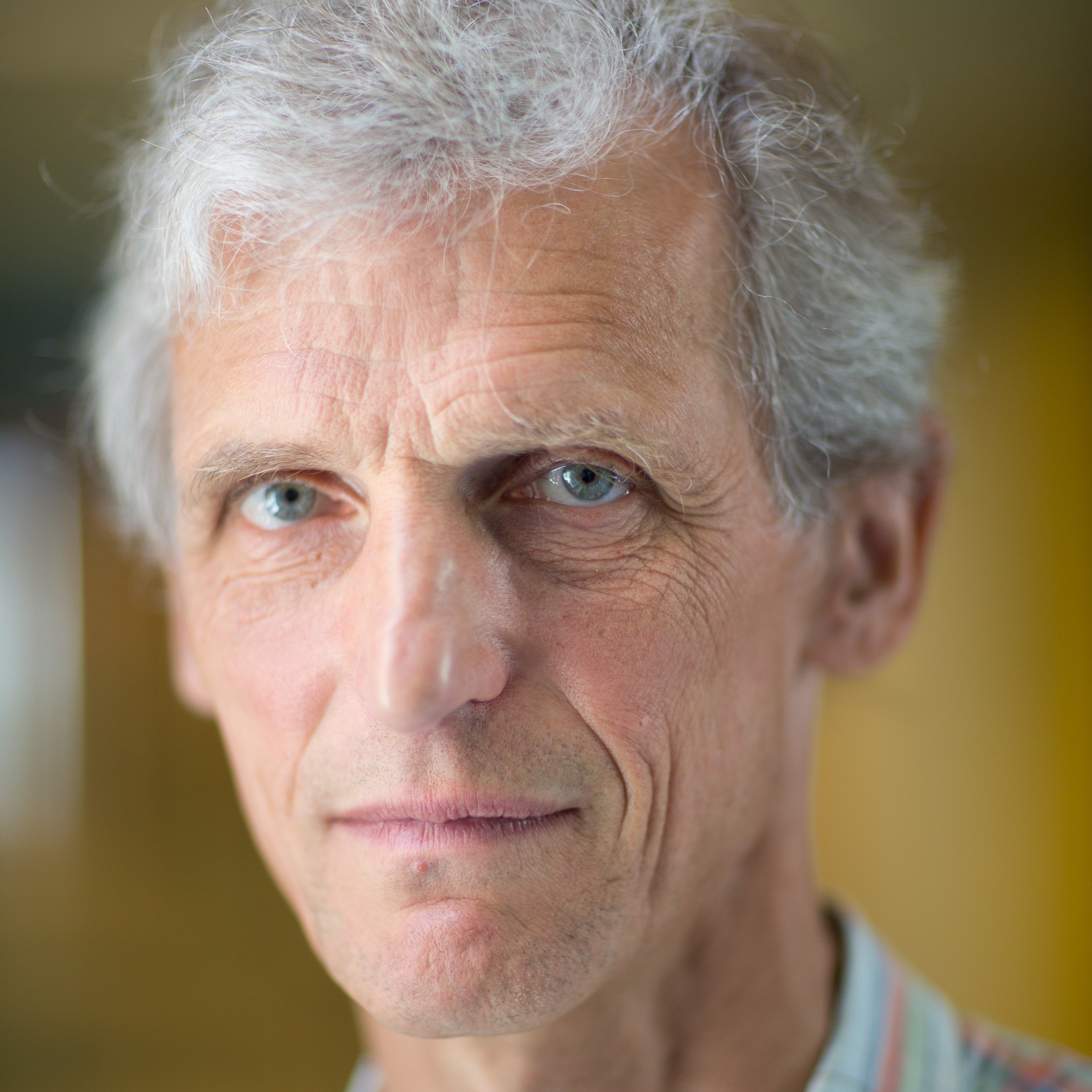 Professor Wolfgang Ketterle is an Associate Director of the Research Laboratory of Electronics (RLE) at the Massachusetts Institute of Technology (MIT), and Director of RLE’s affiliated Center for Ultracold Atoms (CUA). He has been the John D. MacArthur professor of physics at MIT since 1998. He leads a group in RLE exploring the properties of ultracold gases. His research is in the field of atomic physics and laser spectroscopy and includes laser cooling and trapping, atom optics and atom interferometry, and studies of Bose-Einstein condensation and Fermi degeneracy. A major focus is the exploration of new forms of matter, in particular novel aspects of superfluidity, coherence, and correlations in many-body systems. His observation of Bose-Einstein condensation in a gas in 1995 and the first realization of an atom laser in 1997 were recognized with the Nobel Prize in Physics in 2001 (together with E.A. Cornell and C.E. Wieman).
Professor Wolfgang Ketterle is an Associate Director of the Research Laboratory of Electronics (RLE) at the Massachusetts Institute of Technology (MIT), and Director of RLE’s affiliated Center for Ultracold Atoms (CUA). He has been the John D. MacArthur professor of physics at MIT since 1998. He leads a group in RLE exploring the properties of ultracold gases. His research is in the field of atomic physics and laser spectroscopy and includes laser cooling and trapping, atom optics and atom interferometry, and studies of Bose-Einstein condensation and Fermi degeneracy. A major focus is the exploration of new forms of matter, in particular novel aspects of superfluidity, coherence, and correlations in many-body systems. His observation of Bose-Einstein condensation in a gas in 1995 and the first realization of an atom laser in 1997 were recognized with the Nobel Prize in Physics in 2001 (together with E.A. Cornell and C.E. Wieman).
Professor Ketterle received a diploma (equivalent to master’s degree) from the Technical University of Munich (1982), the Ph.D. in physics from the University of Munich (1986). He did postdoctoral work at the Max-Planck Institute for Quantum Optics in Garching and at the University of Heidelberg in molecular spectroscopy and combustion diagnostics. In 1990, he came to MIT as a postdoc and joined the physics faculty in 1993.
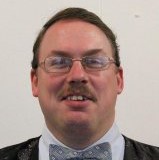 Chris Hooley is a theoretical condensed matter physicist
at the University of St. Andrews. In his own words: "I am a theoretical condensed matter physicist, interested in all aspects of the quantum many-body problem. My active research topics at the moment are: vortex-mediated melting in layered systems with competing orders; the effect of the trapping potential on the many-body physics of ultracold atomic gases; the interpretation of partition function zeros at complex temperature (with my student Felicitas Beichert); Majorana-paired mean-field states in magnetic systems (with my student Edmund Bennett); and spin-orbit interaction in the jellium model (with my student Sam Ridgway). I also have research interests in non-equilibrium physics, particularly the out-of-equilibrium Kondo model, and in magnetostrictive effects, including the Invar phenomenon."
Chris Hooley is a theoretical condensed matter physicist
at the University of St. Andrews. In his own words: "I am a theoretical condensed matter physicist, interested in all aspects of the quantum many-body problem. My active research topics at the moment are: vortex-mediated melting in layered systems with competing orders; the effect of the trapping potential on the many-body physics of ultracold atomic gases; the interpretation of partition function zeros at complex temperature (with my student Felicitas Beichert); Majorana-paired mean-field states in magnetic systems (with my student Edmund Bennett); and spin-orbit interaction in the jellium model (with my student Sam Ridgway). I also have research interests in non-equilibrium physics, particularly the out-of-equilibrium Kondo model, and in magnetostrictive effects, including the Invar phenomenon."
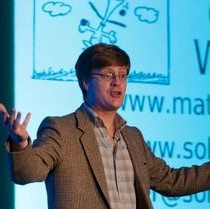 Colin Wright graduated in 1982 from Monash University, Melbourne, Australia, with a B.Sc.(Hons) in Pure Mathematics, and went on to receive his doctorate in 1990 from Cambridge University, England. While at Cambridge he also learned how to fire-breathe, unicycle, juggle and ballroom dance. Since then he has worked as a research mathematician, a computer programmer, and an electronics hardware designer, taking time to give presentations all over the world on "Juggling - Theory and Practice." Colin also established MathsJam a major annual gathering of people interested in recreational mathematics. He also enjoys sailing small boats.
Colin Wright graduated in 1982 from Monash University, Melbourne, Australia, with a B.Sc.(Hons) in Pure Mathematics, and went on to receive his doctorate in 1990 from Cambridge University, England. While at Cambridge he also learned how to fire-breathe, unicycle, juggle and ballroom dance. Since then he has worked as a research mathematician, a computer programmer, and an electronics hardware designer, taking time to give presentations all over the world on "Juggling - Theory and Practice." Colin also established MathsJam a major annual gathering of people interested in recreational mathematics. He also enjoys sailing small boats.
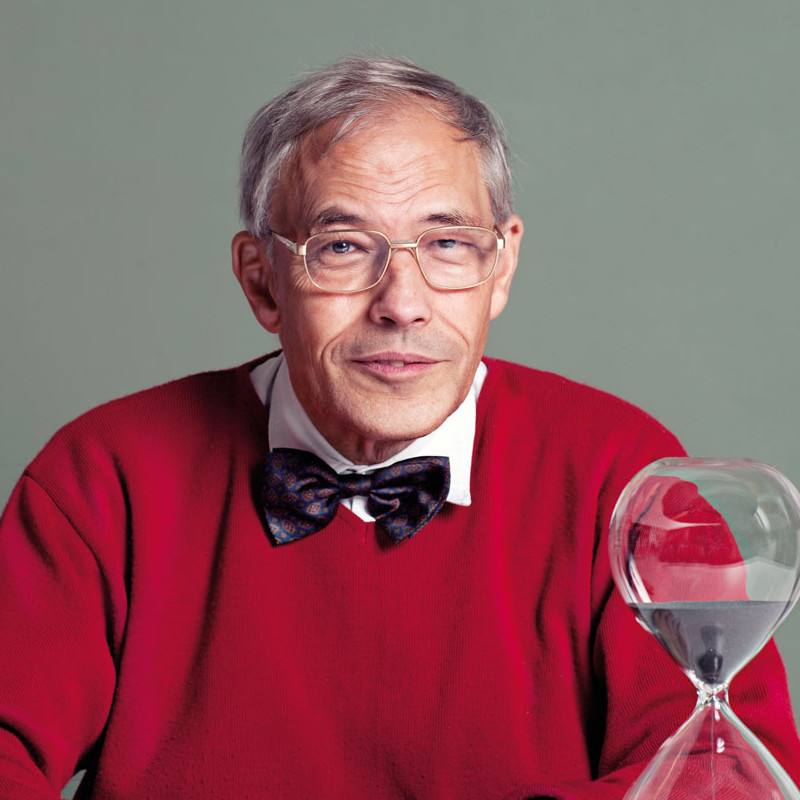 Holger Bech Nielsen is a Danish theoretical physicist, Professor emeritus at the Niels Bohr Institute, at the University of Copenhagen, where he started studying physics in 1961.
Nielsen has made original contributions to theoretical particle physics, specifically in the field of string theory. Independently of Nambu and Susskind, he was the first to propose that the Veneziano model was actually a theory of strings and this is why he is considered among the fathers of string theory. He was awarded the highly esteemed Humboldt Prize in 2001 for his scientific research.
Several physics concepts are named after him, e.g. Nielsen–Olesen vortex and the Nielsen-Ninomiya no-go theorem for representing chiral fermions on the lattice.
Holger Bech Nielsen is a Danish theoretical physicist, Professor emeritus at the Niels Bohr Institute, at the University of Copenhagen, where he started studying physics in 1961.
Nielsen has made original contributions to theoretical particle physics, specifically in the field of string theory. Independently of Nambu and Susskind, he was the first to propose that the Veneziano model was actually a theory of strings and this is why he is considered among the fathers of string theory. He was awarded the highly esteemed Humboldt Prize in 2001 for his scientific research.
Several physics concepts are named after him, e.g. Nielsen–Olesen vortex and the Nielsen-Ninomiya no-go theorem for representing chiral fermions on the lattice.
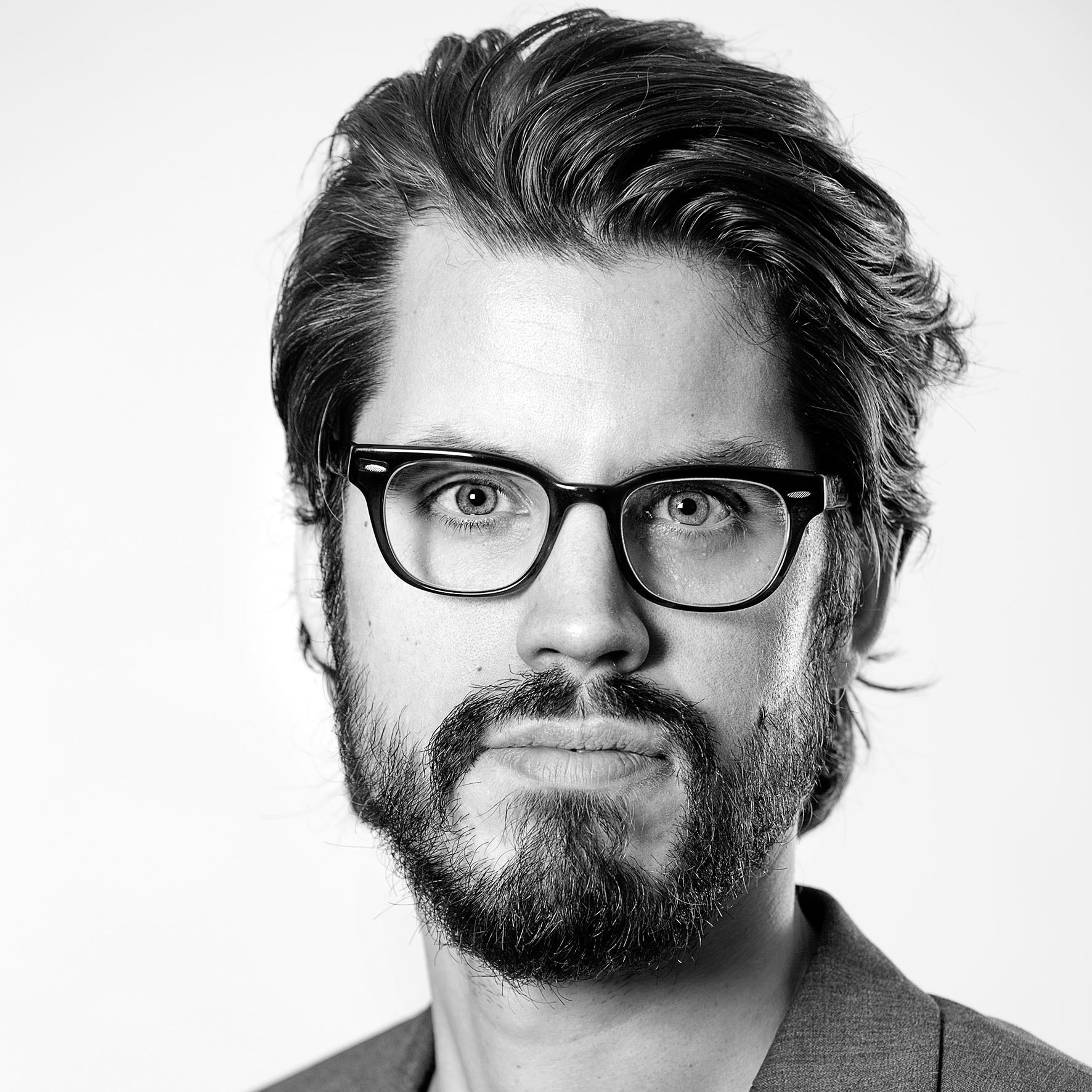 Mads Toudal Frandsen graduated from the Niels Bohr Institute in 2009, and is today an Associate Professor at the University of Southern Denmark.
His research is investigating the dark matter of the universe. He is focussing on the development of models which can explain the dark matter and its behaviour.
Mads Toudal Frandsen graduated from the Niels Bohr Institute in 2009, and is today an Associate Professor at the University of Southern Denmark.
His research is investigating the dark matter of the universe. He is focussing on the development of models which can explain the dark matter and its behaviour.
For the parallel sessions the following speakers are confirmed
Neutrinos are the most elusive among the elementary particles, yet they are copiously present in our Universe. They are not only very light (at least 500,000 times lighter than the electron), but they can also be their own antiparticles. Thanks to their unique properties they can be the key to answer several fundamental questions in today’s particle and astroparticle physics.
Shortly after the big bang, the universe was very hot and dense, which cooled down due to its rapid expansion. As a consequence, the whole universe underwent a phase transition from a Quark-Gluon Plasma (where quarks and gluons are quasi-free) to the Hadronic phase (where quarks are bound into protons and neutrons in atoms). The phase structure of the strong force is therefore essential to understand the early time of the universe and the formation of matter in the universe.
Photons, for all practical purposes, do not interact. This fundamental fact, captured by the superposition principle of the Maxwell equations, is the underpinning for all optical applications from sight to microscopy to optical communication. But engineering reliable interactions between individual photons enables both practical applications, such as quantum information processing on the fly, and is of great fundamental interest for testing basic concepts of quantum mechanics, such as entanglement and non-locality. By mapping the strong interaction between Rydberg excitations in ultracold atomic ensembles onto single photons we are able to realize optical nonlinearities which can modify light on the level of individual photons. In this talk, we will present various examples of how this can be exploited to control light on the quantum level, for example with a single-photon transistor or a deterministic single-photon absorber.
Research in nanophotonics explores fundamental interactions between light and matter at the nanoscale while seeking to develop next-generation photonic and opto-electronic devices. The isolation of graphene—the atomically-thin carbon layer—has launched extensive investigations on its fascinating electronic and optical properties for 2D material nanophotonics. Here I will discuss recent advances in the study of light-matter interactions in atomically-thin materials, with particular emphasis on graphene plasmons, for nonlinear and quantum optics.
With a performance of up to 766.6 teraflop/s, the ABACUS2.0 supercomputer is capable of performing over half a billiard calculations per second. A person equipped with a calculator in comparison would have to spend almost 24 million years at the rate of one calculation per second. The supercomputer can help solve almost all of the challenges we face, e.g. environmental, economic, medical, engineering, scientific or something completely new. Come and experience the ABACUS2.0 supercomputer at SDU campus in Odense and meet some of the staff from the eScience Center.
When an oil droplet is introduced at the air-water interface, we might see the spontaneous spreading of an oil film at the interface in the same manner as Benjamin Franklin observed and investigated the thickness of the film at the surface of a pond in London in 1770. Currently, we have been investigating the surface active compounds characteristic from the fundamental physicochemical behaviors, i.e. diffusion, adsorption and formation of the monolayer at the air-water interface, by using the newly designed technique, Micropipette Interfacial Area-expansion Method (MIAM). I will introduce the MIAM technique and describe the data analysis.
We use classical, particle-based simulations to address fascinating biological problems such as the molecular mechanisms of umami taste sensation, the mechanisms by which the stomach is acidified, what makes the Zika virus so successful, where cholesterol goes and how, and how electrical potential and curvature are coupled in the model membranes and in living cells.
When a piece of circular DNA breaks in a nanochannel it slowly unfolds to a linear conformation due to entropic forces. I present a simple model for this process, and show how Bayesian inference on experimental data provides a conceptually simple way of estimating the entropic force.
The laws of physics hold and are exploited in living organisms. Speaking as a physicist, most biological characteristics stem from the laws of classical physics that students learn in their first year. However, essential characteristics in organisms are governed by quantum physics. The latter are those in which biological processes involve the jumps of electrons from one state to another: electrons are exemplary quantum particles. The quantum behavior of electrons cover all chemical transformations, for example in case of formation or breaking of chemical bonds, but it also arises in optical transitions induced through light absorption by biomolecules. In this talk, I wish to discuss a fascinating example of quantum behavior in biology as it comes about in animal navigation. Quantum effects bring about a magnetic compass in birds that can sense the geomagnetic field through spin interactions in biomolecules, despite the fact the interaction energy amounts to only a tiny fraction of thermal energy present at body temperature. Magnetoreception case study will then be used to define the emerging interdisciplinary field of quantum biology.